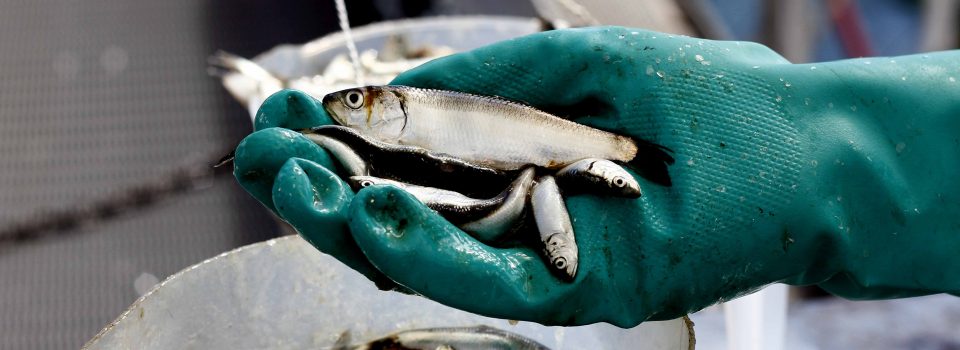IFOP: Presented Anchovy and Common Sardine Eggs Stock Spawning and Biomass Results of in Chile
July 8th, 2019
On June 28th , at Valparaíso’s Natural History Museum auditorium, the Fisheries Development Institute Oceanography and Environment Department, presented results of three spawning stock evaluation projects through the anchovy eggs production daily method between Arica and Valdivia and common sardine between Valparaíso and Valdivia.
It counted with the presence of exhibitors from Fisheries Development Institute, Universidad Arturo Prat, Universidad de Concepción, Universidad de Valparaíso and Pontificia Universidad Catolica de Valparaíso. Among the attendees were representatives Economy Ministry, FisheriesUndersecretary, Scientific Committees and Management Committees. These projects bring together the work of more than 50 people, including researchers, technologists, laboratory analysts, crew members and marine biology and oceanography undergraduate and postgraduate students. In addition, it is important to highlight the important sampling effort involved in these projects, since the operation of research and fishing vessels covered almost simultaneously more than 185,000 km2 in the EEZ, where 1653 oceanographic stations and egg collection were carried out, while that in parallel fishing vessels made 120 scientific fishing hauls whose samples did not exceed 4 kg per set.
The main results showed that spawning period (August-October) of 2018 occurred under normal or neutral local environmental conditions, after an intense El Niño Event 2015/2016 and a subsequent event La niña 2017. In the North zone (Arica -Coquimbo) the biomass of spawning stock and eggs of anchoveta recovered with respect to what was observed in 2017 and reached levels as important as those observed only 6 years ago (2012), although with anchovies of smaller size compared to the historical average, situation that it has been repeated since 2007. On the other hand, in the south-central zone (Valparaíso-Valdivia), the recovery of anchoveta spawning abundance was consolidated in localized foci, although in general there was a decrease in common sardine eggs abundance. These projects are part of Strategic Projects Portfolio executed by IFOP for Chilean State within the framework of ” Fisheries and Aquaculture Comprehensive Advisory for Decision Making” (ASIPA) and its importance lies in establishing a health state of small pelagic populations, a key resource that sustains part of the national extractive activity.
Within this context and with the advancement of knowledge, these evaluation projects have been incorporating necessary elements of scientific research to understand environmental changes distribution and abundance of these important resources. In fact, the head of the Department of Oceanography and Environment, Dr. Jaime Letelier, said that “it is vital to consider these resources as organisms whose life cycle occurs within ecosystems that are being affected by long-term environmental processes such as Climatic Change, which would have a long impact on the present and future sustainability of the Industrial and Artisanal fishing activity
